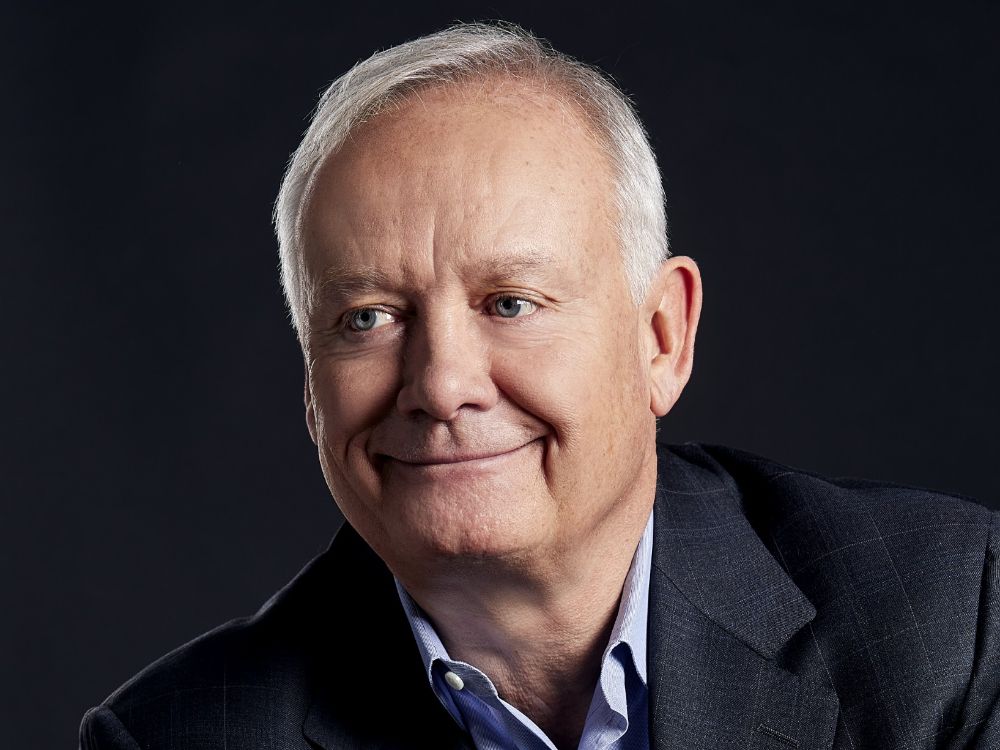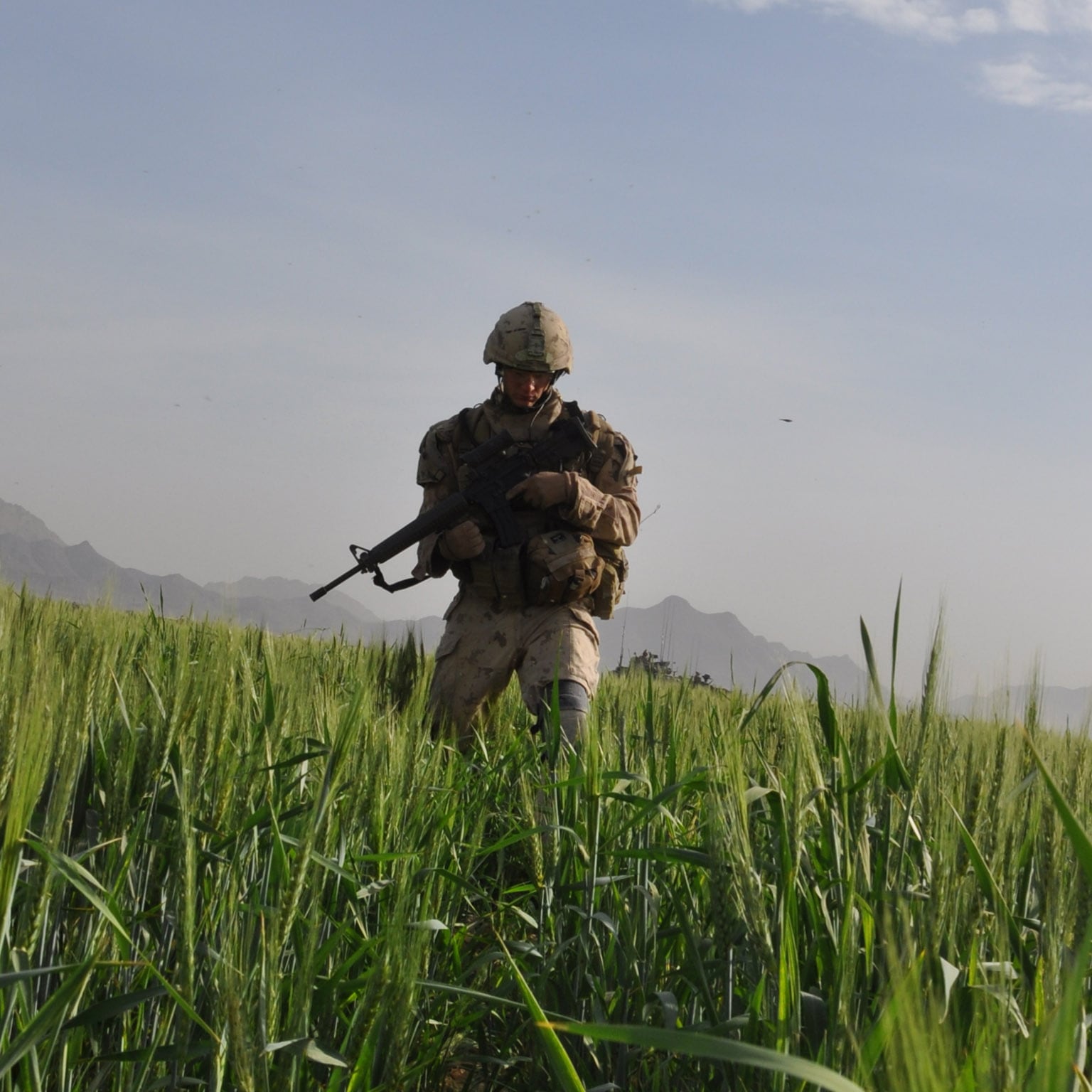I'll believe it when I see it.
You are using an out of date browser. It may not display this or other websites correctly.
You should upgrade or use an alternative browser.
You should upgrade or use an alternative browser.
Justin Trudeau hints at boosting Canada’s military spending
- Thread starter Maxman1
- Start date
Quirky
Army.ca Veteran
- Reaction score
- 3,893
- Points
- 1,260
CAF is short by tons of people
What capability have we lost due to short manning?
Looking at this from an outside perspective:
Army - Still deploying to Latvia...less people for domestic fires? (Not familiar with daily army ops)
Navy - Ships still sailing
Air Force - Fighters still conducting norad, transports flying, SAR helicopters still responding, Snowbirds still have a 9-plane performance, etc
I know short manning puts a sever strain on the people still left, but has the CAFs back broke yet in any department?
- Reaction score
- 5,162
- Points
- 1,260
Well, folks more cynical than me would point to big promises made by Team Red in their earliest days back in power about how Canada was going to be "back" as far as peacekeeping was concerned. Even Pro-Red media shared questions about it more than just a few years after PMJT came to the throne in 2015.What capability have we lost due to short manning?
Looking at this from an outside perspective:
Army - Still deploying to Latvia...less people for domestic fires? (Not familiar with daily army ops)
Navy - Ships still sailing
Air Force - Fighters still conducting norad, transports flying, SAR helicopters still responding, Snowbirds still have a 9-plane performance, etc
I know short manning puts a sever strain on the people still left, but has the CAFs back broke yet in any department?
If this source is to be believed, we're talking less than 120 deployed (about 1/2 in UN blue) as of last year. Quite a bit of shrinkage from the days of Cyprus and such, no?
I agree that some of the hesitancy is based on risk aversion at political levels celestial, but some of that can also be reasonably linked to not enough troops and/or not enough troops given other tasks/priorities (like Latvia).
And I also why some say/have said, "is this really the highest & best use of troops?" Still, part of being at these tables involves pony-ing up troops. I leave it to greater minds than mine to figure out whether the tables in question are worth being at
markppcli
Army.ca Veteran
- Reaction score
- 6,646
- Points
- 1,260
Well cripple the artillery in 3 years if the MN Artillery BN HQ deployments are continuous.What capability have we lost due to short manning?
Looking at this from an outside perspective:
Army - Still deploying to Latvia...less people for domestic fires? (Not familiar with daily army ops)
Navy - Ships still sailing
Air Force - Fighters still conducting norad, transports flying, SAR helicopters still responding, Snowbirds still have a 9-plane performance, etc
I know short manning puts a sever strain on the people still left, but has the CAFs back broke yet in any department?
daftandbarmy
Army.ca Dinosaur
- Reaction score
- 34,759
- Points
- 1,160
Not a great article, IMHO, but an indication of what can get published about the CAF these days 

 nationalpost.com
nationalpost.com

Canada now 'a little bit of a laughingstock in NATO'
Canadian business titan Larry Stevenson is a former soldier who knows what's wrong with the Canadian Armed Forces. It's not the personnel.
No argument here that we under-invest in defence...Not a great article, IMHO, but an indication of what can get published about the CAF these days

Canada now 'a little bit of a laughingstock in NATO'
Canadian business titan Larry Stevenson is a former soldier who knows what's wrong with the Canadian Armed Forces. It's not the personnel.nationalpost.com
But I wonder how much closer we would e to that 2% of some of the major capital equipment wad budgeted for in our military budget, rather than paid for out of other government coffers?
(Or am I completely loonie-tunes and our capital projects like FWSAR or the upcoming LUV project actually DO come out of our annual budget?)
(If NATO wants an accurate account of just how much member countries are investing, then NATO needs to come up with a standard metric that all countries can use universally.
Having 30 countries calculating the 2% using 30 different formulas isn't really helping...)
McG
Army.ca Legend
- Reaction score
- 3,490
- Points
- 1,260
There are different pots of money in the defence budget, and they operate under different rules. Infrastructure and major equipment projects do come out of the defence budget, and you cannot take money out of those pots to use for other purposes.am I completely loonie-tunes and our capital projects like FWSAR or the upcoming LUV project actually DO come out of our annual budget?
McG
Army.ca Legend
- Reaction score
- 3,490
- Points
- 1,260
You might want to research your assumption that there are not agreed metrics as to what is defence spending. Just because it is labeled “defence budget” does not mean it counts, and conversely items can be counted if not so labeled.If NATO wants an accurate account of just how much member countries are investing, then NATO needs to come up with a standard metric that all countries can use universally.
Having 30 countries calculating the 2% using 30 different formulas isn't really helping...)
FJAG
Army.ca Legend
- Reaction score
- 14,617
- Points
- 1,160
I agree with you that metrics are in place to gauge exactly what constitutes defence spending for NATO's calculation purposes.You might want to research your assumption that there are not agreed metrics as to what is defence spending. Just because it is labeled “defence budget” does not mean it counts, and conversely items can be counted if not so labeled.
That said, I don't agree with the NATO 2% guideline. It's easy to measure inputs BUT are inputs what matter, or should we be measuring outputs instead. Outputs where quantity and readiness of formations and war stocks matter?
Notwithstanding this is on a McKinsey website, I've always liked this article by John Dowdy. It raises many good points about the 2% guideline. It's as relevant now as when it was published 7 years ago.

More tooth, less tail: Getting beyond NATO’s 2 percent rule
This excerpt from a new book published by Aspen Strategy Group offers a path to better and more meaningful metrics.www.mckinsey.com
- Reaction score
- 2,465
- Points
- 1,160
It’s still not clear to me why, with the very obvious pressing need, that the government and its procurement folks are slow walking almost everything. Do they think this evil in the world will pass? Are they playing for the other team? It’s very strange because the way this government spends, a 2% figure surely isn’t the issue. 


Maxman1
Army.ca Veteran
- Reaction score
- 1,683
- Points
- 1,160
Or maybe they don't care because the current government will be voted out next election.It’s still not clear to me why, with the very obvious pressing need, that the government and its procurement folks are slow walking almost everything. Do they think this evil in the world will pass? Are they playing for the other team? It’s very strange because the way this government spends, a 2% figure surely isn’t the issue.
Thank You FJAG - you articulated that much better than I, but that was essentially what I was trying to get atI agree with you that metrics are in place to gauge exactly what constitutes defence spending for NATO's calculation purposes.
That said, I don't agree with the NATO 2% guideline. It's easy to measure inputs BUT are inputs what matter, or should we be measuring outputs instead. Outputs where quantity and readiness of formations and war stocks matter?
Notwithstanding this is on a McKinsey website, I've always liked this article by John Dowdy. It raises many good points about the 2% guideline. It's as relevant now as when it was published 7 years ago.

- Reaction score
- 22,809
- Points
- 1,260
If NATO was actually serious, it would have aligned NATO Standard to actually mean something
Standard Tank, IFV’s, missiles, planes, helicopters etc
Standard Formations and capabilities - some just have less.
NATO has a completion - X wins it, and forms JV’s with member nations companies to build in several countries - interoperability and redundancies.
‘Shares’ of production relative to how much one will buy.
If 1,000 units are taken. Y is getting 100, they get 10% of the build, Z takes 500 so they get 50% etc
Standard Tank, IFV’s, missiles, planes, helicopters etc
Standard Formations and capabilities - some just have less.
NATO has a completion - X wins it, and forms JV’s with member nations companies to build in several countries - interoperability and redundancies.
‘Shares’ of production relative to how much one will buy.
If 1,000 units are taken. Y is getting 100, they get 10% of the build, Z takes 500 so they get 50% etc
GR66
Army.ca Veteran
- Reaction score
- 4,448
- Points
- 1,160
I see where you're coming from, but...If NATO was actually serious, it would have aligned NATO Standard to actually mean something
Standard Tank, IFV’s, missiles, planes, helicopters etc
Standard Formations and capabilities - some just have less.
NATO has a completion - X wins it, and forms JV’s with member nations companies to build in several countries - interoperability and redundancies.
‘Shares’ of production relative to how much one will buy.
If 1,000 units are taken. Y is getting 100, they get 10% of the build, Z takes 500 so they get 50% etc
- countries will have military needs that don't necessarily match what would be required to face Russia in a NATO scenario. What is ideal for the Polish frontier might not be what is ideal for the Sahel.
- there's something to be said for complementary systems. If the enemy finds ways to defeat one particular system there might be other, different systems that remain effective.
Perhaps for a strictly NATO construct you could have the contributing nations for each Corps in NATO standardize their equipment for those units earmarked for that Corps. Multinational Corps Northeast might for example have Leopard tanks, CV-90s, and Archer SPG's while US V Corps contributing nations would have Abrams, XM-30s and M109's?
The rest of a nation's military (i.e. those units not earmarked to fulfill their NATO commitments) would be equipped however each nation felt appropriate for their national needs.
- Reaction score
- 20,504
- Points
- 1,280
It would work until Airbus gets something that Boeing wants.If NATO was actually serious, it would have aligned NATO Standard to actually mean something
Standard Tank, IFV’s, missiles, planes, helicopters etc
Standard Formations and capabilities - some just have less.
NATO has a completion - X wins it, and forms JV’s with member nations companies to build in several countries - interoperability and redundancies.
‘Shares’ of production relative to how much one will buy.
If 1,000 units are taken. Y is getting 100, they get 10% of the build, Z takes 500 so they get 50% etc
Define “slow walking”.It’s still not clear to me why, with the very obvious pressing need, that the government and its procurement folks are slow walking almost everything. Do they think this evil in the world will pass? Are they playing for the other team? It’s very strange because the way this government spends, a 2% figure surely isn’t the issue.
We’ve pushed stuff through before that worked well, and some that didn’t. What the US has doesn’t always work for us due to a myriad of reasons. Then, there are the competing priorities of DND/CAF (or whatever dept wants the thing), PSPC, ISED, and TB.
Last edited:
- Reaction score
- 2,465
- Points
- 1,160
155 ammoIt would work until Airbus gets something that Boeing wants.
Define “slow walking”.
We’ve pushed stuff through before that worked well, and some that didn’t. What the US has doesn’t always work for us due to a myriad of reasons. Then, there are the competing priorities of DND/CAF (or whatever dept wants the thing), PSPC, ISED, and TB.
NavalMoose
Member
- Reaction score
- 76
- Points
- 460
- Reaction score
- 2,465
- Points
- 1,160
Oh how I wish they had photo shopped the RCN ensign on to that with a big “Help Wanted” “Apply Inside” banner streaming from the stern…
daftandbarmy
Army.ca Dinosaur
- Reaction score
- 34,759
- Points
- 1,160
Does spending more money include buying foreign ships? Not sure how old this pic is though.View attachment 85901
Is that a RCN RHIB?
No idea, of course...
- Reaction score
- 7,196
- Points
- 1,140
It is, you can see the ensign at the stern.Is that a RCN RHIB?
No idea, of course...
This screams CA/RCAF DEU Image Tech/PAO, that didn't bother to ask any of their white shirted brethren what kind of boats are in the shot.
Not sure when it was, but I seem to recall a DND publication, maybe an early Maple Leaf, with a collage of historical images of the Navy on the cover. These included a smiling image of a sailor in what some one must have thought was RCN square rig. Unfortunately he was wearing a USN gob hat.It is, you can see the ensign at the stern.
This screams CA/RCAF DEU Image Tech/PAO, that didn't bother to ask any of their white shirted brethren what kind of boats are in the shot.
Similar threads
- Article
- Replies
- 618
- Views
- 241K
- Replies
- 28
- Views
- 14K
- Replies
- 3
- Views
- 4K
- Replies
- 34
- Views
- 14K
- Replies
- 294
- Views
- 60K



